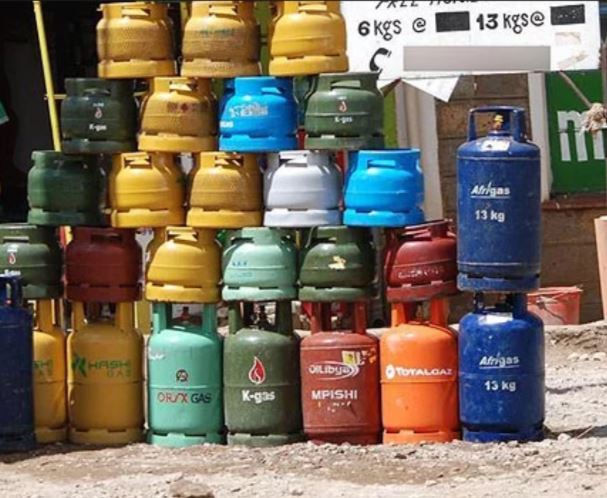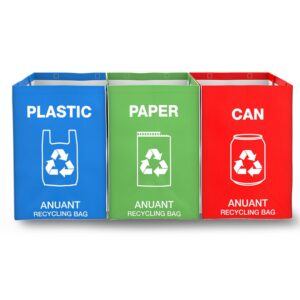Why Audit LPG Operations?
LPG is increasingly used in Kenya as a cleaner alternative to charcoal and kerosene, especially in homes and small businesses. However, the storage, bottling, transportation, and distribution of LPG involve environmental and safety risks, such as:
- Fire and explosion hazards
- Soil and water contamination from leaks
- Air pollution from fugitive emissions
- Noise from bottling operations
- Waste generation (metal drums, used oil, defective valves)
Conducting a thorough environmental audit helps:
- Identify and manage environmental risks
- Ensure compliance with EMCA and sector-specific regulations
- Promote sustainable energy handling
- Safeguard public health and the environment
Find more posts on audits in different sectors here.
Key Environmental Aspects to Audit in the LPG Sector
Below is a detailed checklist of what to assess during an environmental audit of an LPG operation.
1. LPG Storage and Handling
What to look for:
- Type and capacity of LPG storage tanks (aboveground/underground)
- Location relative to buildings, roads, drains, and property lines
- Tank foundation and stability
- Venting systems and overfill protection
- Inspection logs and pressure tests
Compliance looks like:
- Tanks installed on proper concrete plinths
- Safety distances (as per ERC/Kenya Bureau of Standards)
- Pressure relief valves in working condition
- LPG tanks painted white or silver to reflect heat
Noncompliance signs:
- Corroded tanks or illegible labeling
- Tanks too close to buildings or public roads
- No documented pressure testing
Regulatory references:
- EMCA Cap 387
- Energy (LPG) Regulations, 2009
- NEMA Waste Regulations, 2006
2. Fire Safety and Emergency Preparedness
What to look for:
- Fire extinguishers and hydrants (type, location, inspection tags)
- Emergency shutdown systems
- Fire drills, evacuation plans, muster points
- Staff training in firefighting and emergency response
Compliance looks like:
- Extinguishers available at strategic points and maintained monthly
- Emergency response plans prominently displayed
- Workers trained annually and records maintained
Noncompliance signs:
- Expired or missing fire extinguishers
- No emergency signage or training logs
Regulatory reference:
- OSHA 2007
- Fire Risk Reduction Rules, 2007
3. Air Emissions and Fugitive Gas Leaks
What to look for:
- Leak detection systems (gas detectors, sniffer tests)
- Frequency of inspections
- Odorization practices (use of ethyl mercaptan)
- Maintenance logs for pumps, valves, and compressors
Compliance looks like:
- Regular sniffer tests with records
- Gas detectors functional and calibrated
- No strong LPG odor during inspection
Noncompliance signs:
- Frequent gas smells, especially near storage tanks or filling stations
- No maintenance logs or leak detection program
Regulatory reference:
- Air Quality Regulations, 2014
4. Noise Levels
What to look for:
- Noise levels near bottling operations
- Operation of compressors, pumps, and trucks
- Soundproofing or operational timing (day vs night)
Compliance looks like:
- Noise levels < 60 dB(A) during the day near boundary
- Use of silencers or barriers
- Operations restricted to daytime hours
Noncompliance signs:
- Complaints from neighbors
- Loud machinery operating at night
Regulatory reference:
- Noise and Excessive Vibrations Pollution Regulations, 2009
5. Waste Management
What to look for:
- Disposal of used oil, grease, and metal scraps
- Worn-out cylinders, valves, and hoses
- Labeling and storage of waste
- Licensed waste contractors
Compliance looks like:
- Waste is sorted and stored in labeled containers
- Used oil disposed of via NEMA-licensed waste handler
- Damaged cylinders are recycled or returned to manufacturer
Noncompliance signs:
- Waste dumped on open ground or burned
- Oil leaks visible on soil or concrete
Regulatory reference:
- Waste Management Regulations, 2006
- Hazardous Waste Regulations, 2007
6. Water and Soil Protection
What to look for:
- Stormwater drainage from LPG yards
- Spill containment around fuel areas
- Soil staining around valves, joints, and tank bases
Compliance looks like:
- Bunded areas around storage and filling points
- Drip pans in filling areas
- Evidence of proper drainage and oil-water separation
Noncompliance signs:
- Soaked or oily soil
- LPG or oil flowing into storm drains or roads
Regulatory reference:
- Water Quality Regulations, 2006
7. Documentation and Licensing
What to look for:
- NEMA Environmental Audit licenses
- ERC (now EPRA) LPG operator license
- Gas cylinder inspection and calibration certificates
- Previous audit reports and implementation status
Compliance looks like:
- Up-to-date audit reports and submitted to NEMA
- ERC/EPRA license valid and displayed
- Logs of cylinder testing and valve replacement
Noncompliance signs:
- Expired environmental audit reports
- Cylinder certification overdue
Regulatory references:
- EMCA Cap 387
- Energy Act, 2019
- EPRA licensing regulations
Signs of Compliance vs Noncompliance
| Audit Aspect | Compliance | Noncompliance |
|---|---|---|
| Storage Tanks | Safe distances, valves, labeling OK | Rusted tanks, improper venting |
| Fire Safety | Trained staff, extinguishers maintained | No emergency response plan |
| Air Emissions | Leak testing records, odor control | Frequent gas smells, no testing |
| Waste Disposal | Licensed disposal, organized yard | Oil spillage, mixed waste |
| Licensing | EPRA + NEMA licenses displayed | Expired, missing or forged documents |
Conclusion: A Safer, Cleaner LPG Sector Is Possible
Auditing LPG facilities isn’t just about ticking boxes, it’s about preventing environmental disasters, saving lives, and ensuring a clean, efficient energy sector. With LPG usage growing rapidly in Kenya, ensuring compliance with environmental and safety standards is more important than ever.
As an environmental auditor, remember:
- Prioritize fire safety, air emissions, chemical handling, and community safety
- Always refer to EMCA, EPRA, NEMA guidelines, and OSHA
- Engage staff and management to implement Corrective Action Plans (CAPs) from your audit



